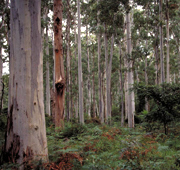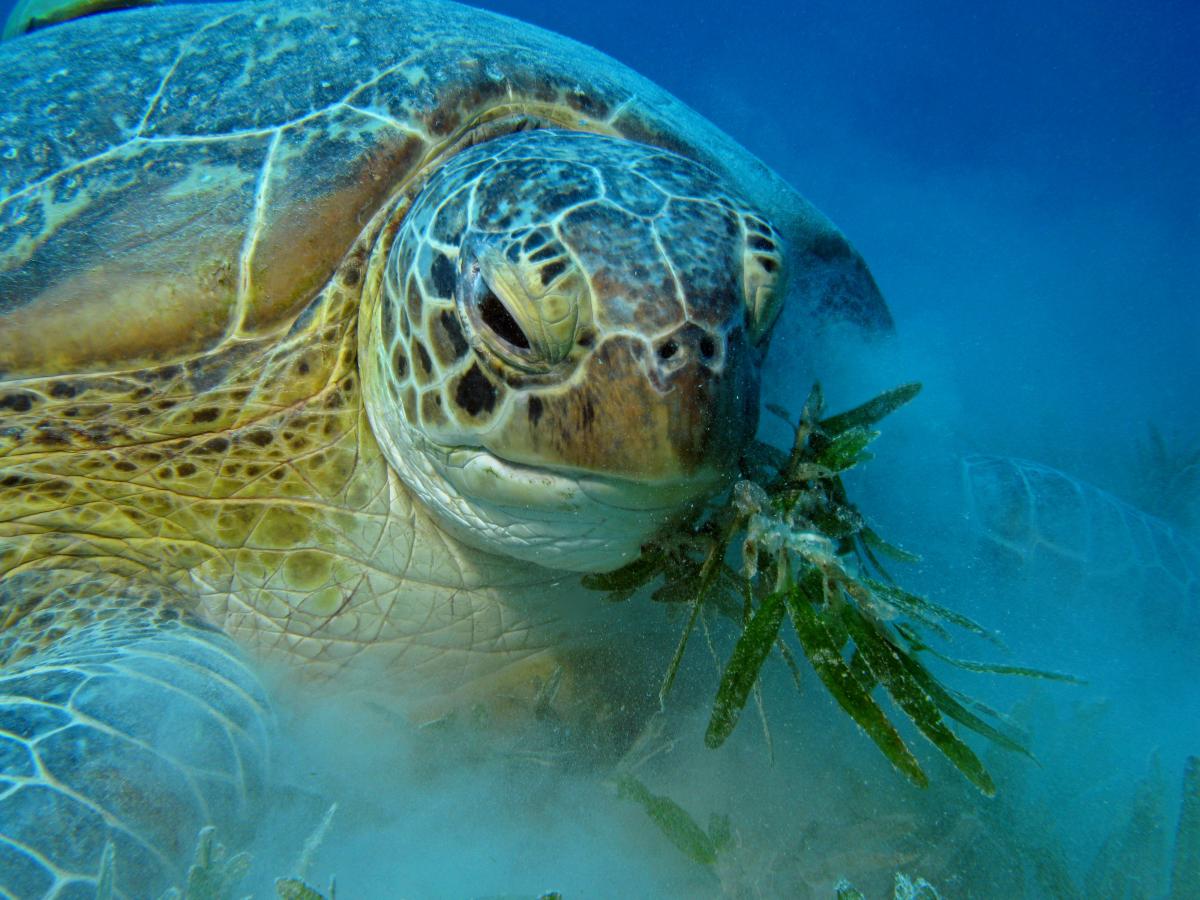New approaches to protecting the wilderness on Sydney’s doorstep
By Peter Shadie, Research Manager, Blue Mountains World Heritage Institute and Senior Advisor to IUCN on World Heritage.
Did you know that less than 50km from Sydney, Australia, is an area that is 10 times older than the Grand Canyon with a 40,000 year-old human history, containing majestic mountains, cathedral caves, deep river gorges and valleys of water cascading into prehistoric rainforests?

© NSW National Parks & Wildlife Service
It is the World Heritage-Listed Greater Blue Mountains Area, comprising eight national parks and protected areas. Covering more than 1 million wild hectares right on the doorstep of Australia’s largest metropolis, it is the equivalent of having three Yosemite National Parks on the outskirts of San Francisco or Los Angeles!
Its value cannot be underestimated.
One of the main projects that will be showcased to participants at the IUCN World Parks Congress taking place in Sydney in November is the Low Carbon Tourism: Building Sustainable Communities initiative which is being run by the Blue Mountains World Heritage Institute, a not-for-profit organisation dedicated to research and community engagement in the Greater Blue Mountains World Heritage Area.
The initiative is an economic and behavioural change programme that is being trialled in the Blue Mountains region and seeks to partner with the tourism sector to ensure the Blue Mountains become a low carbon tourism destination.
It is based on the premise that the Blue Mountains community live and work within a highly sensitive World Heritage region and that the area’s long term financial, social, and ecological sustainability rely upon a regional tourism industry that is sustainable.
Tourism in the Blue Mountains is big business. The Blue Mountains is Australia’s largest regional tourism destination with 3,430,000 visitors each year, 21% of them international. The sector contributes nearly $500 million per year to the Blue Mountain’s regional economy and creates more than 5,000 jobs.
The initiative is working with local businesses to reduce their carbon footprint as well as with tourists themselves to encourage them to make low-carbon choices when it comes to tourism services and products.
Across the Australian landscape, large-scale environmental efforts are increasingly involving collaboration among several partners. This new wave of conservation involves many stakeholders thinking collaboratively about the landscape, its value, the multiple pressures and inspiring solutions to meet the challenges.
The Low Carbon Tourism project is a good example of the importance of such projects engaging business operators, community members, NGOs and government agencies to help conserve the stunning Greater Blue Mountains World Heritage Area.
Peter Shadie can be contacted at p.shadie@bmwhi.org.au





